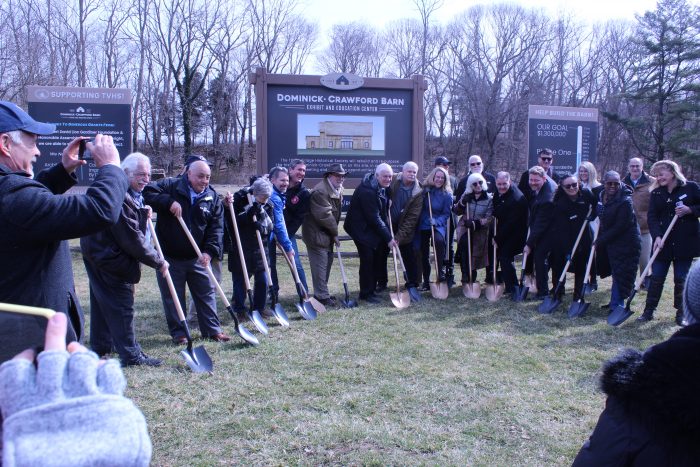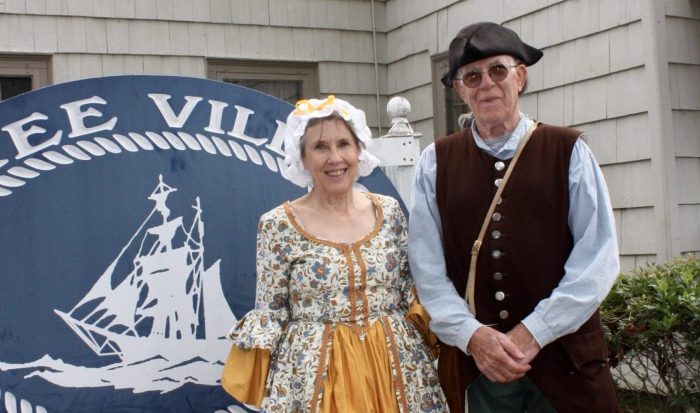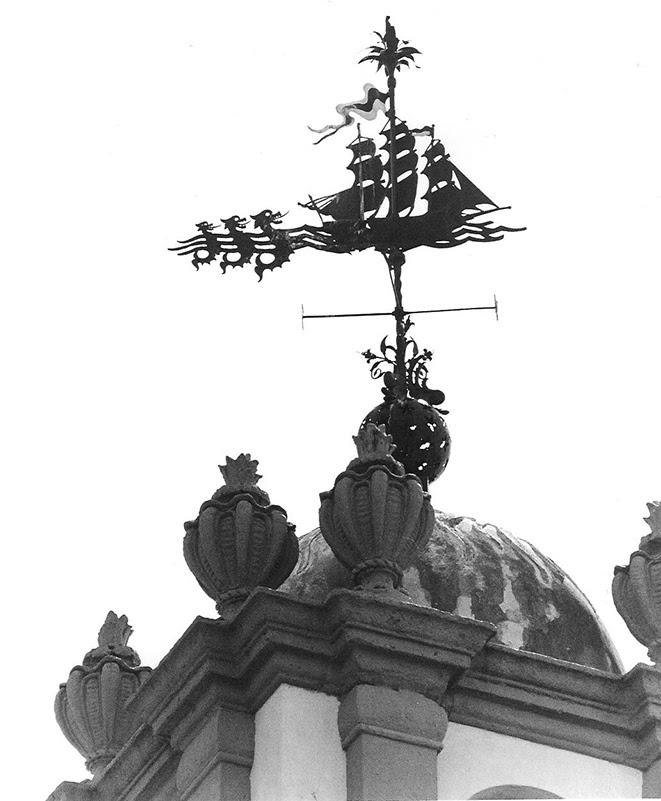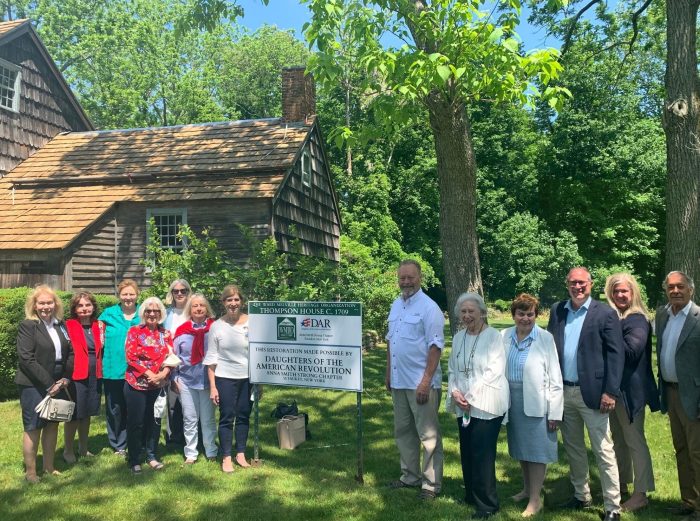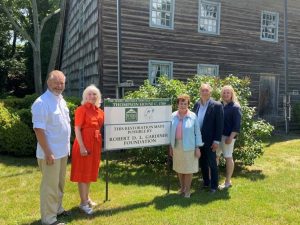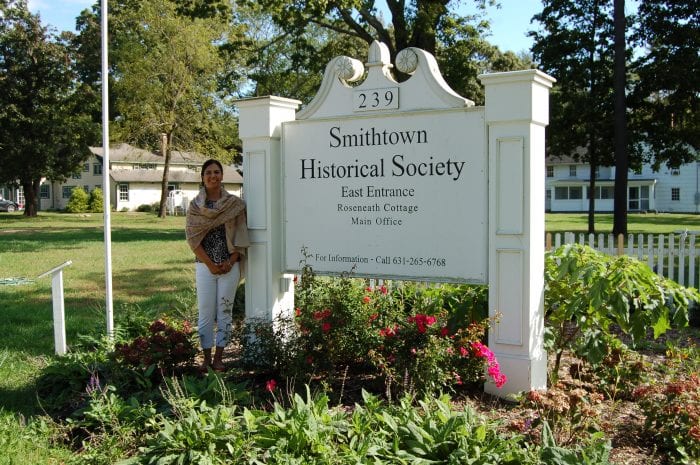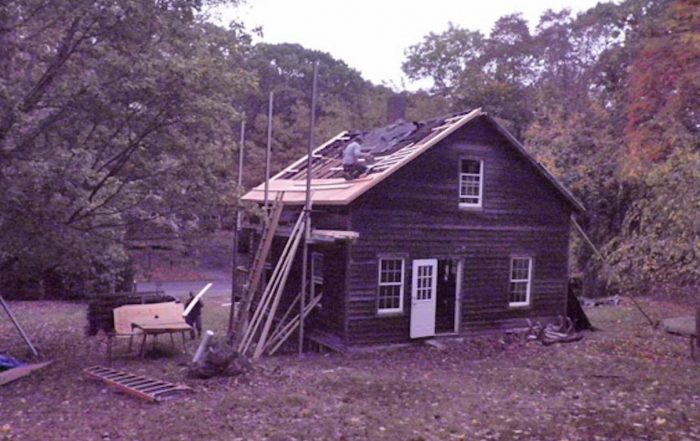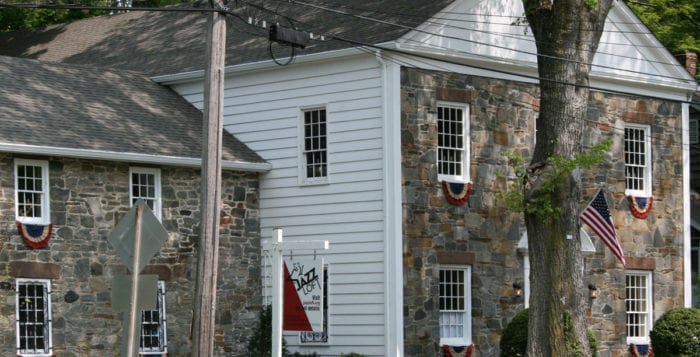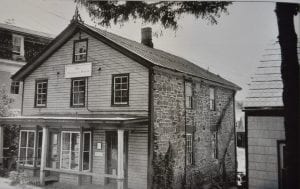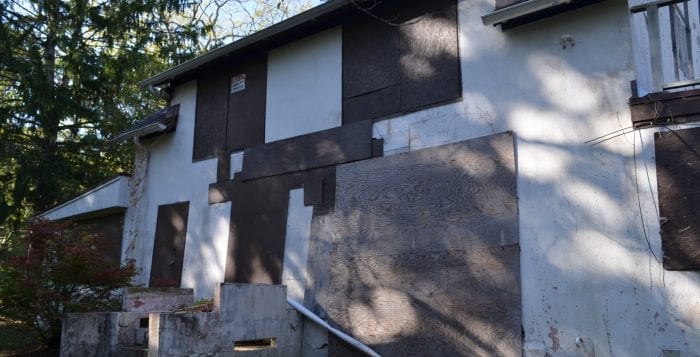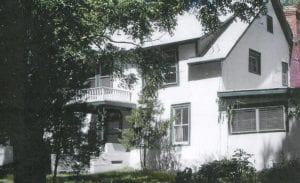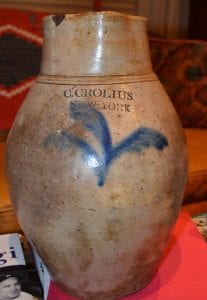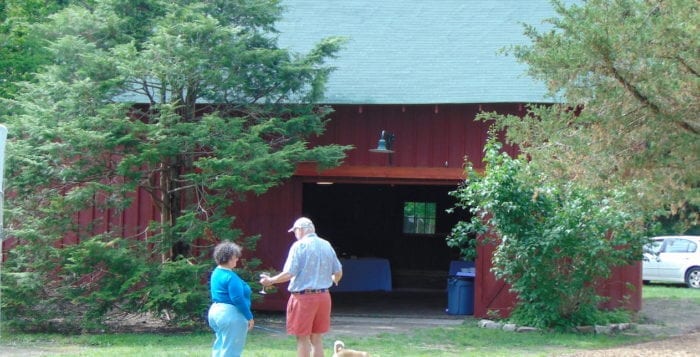On Saturday, March 5, the Three Village Historical Society held a groundbreaking ceremony near the site of the planned Dominick-Crawford Barn, marking its next chapter of education and historical preservation of the area.
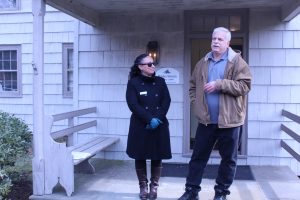
The barn is a 175-year-old edifice that once stood in Old Field. TVHS plans to resurrect this barn at 93 N. Country Road in the field adjacent to the society’s East Setauket headquarters. It is an ambitious preservation project that will also accommodate expanded archives, an exhibition and education center, and a
gift shop.
“The barn is supposed to serve as a hub, as a community space for our surrounding area,” Mari Irizarry, director of TVHS, said. “We’ll have rotating exhibits, an education space, a new and robust gift shop and it will be a venue for members and friends alike to come and join.”
According to Irizarry, TVHS was originated by members of the community who recognized the need to preserve their local heritage. She said the construction of the barn is just the next iteration in that community tradition. Over half a century after its inception, TVHS presents a vision whereby history and community will converge at a single point.
The barn project is made possible by two significant grants. The Robert David Lion Gardiner Foundation has put $350,000 toward the construction of the barn and state Assemblyman Steve Englebright (D-Setauket) secured another $300,000 in state funds for the project.
Kathryn Curran, executive director of the Gardiner foundation, commended TVHS for its outreach initiatives and its commitment to the preservation of its local heritage.
“The Three Village Historical Society is really a model for other groups on how to engage the community,” Curran said. “That’s why we chose them. An educational facility like this will expand who they can reach and how many people will be able to come here. That’s really what the Gardiner foundation is looking for to promote
our history.”
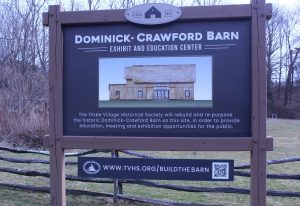
For TVHS, community residents and donors alike, there is a consensus that the barn project will transform the character of the area. Jeff Schnee, president of TVHS, said this dream has been 20 years in the making and is now finally coming to fruition.
“This is going to be transformative for our organization,” he said. “This is going to give us the ability to bring in busloads of students, other nonprofits and other humanities organizations to use our 1,500 square-foot exhibition area. It will give us the ability to have graduate students as well as writers who are very interested in our archives.”
Schnee views the barn as a collective achievement, the product of collaboration between generous donors, engaged community members and a TVHS motivated to preserve its history for posterity.
“If we want to preserve history, there has to be the need, the desire to do that,” he said, adding, “If we don’t educate the next generation, then we lose that need and desire to preserve it.”
According to Irizarry, TVHS hopes the Dominick-Crawford Barn Exhibit and Education Center can be operational by 2023. The project is currently more than halfway to its overall fundraising goal of $1.3 million.
To donate, visit www.tvhs.org/buildthebarn.

